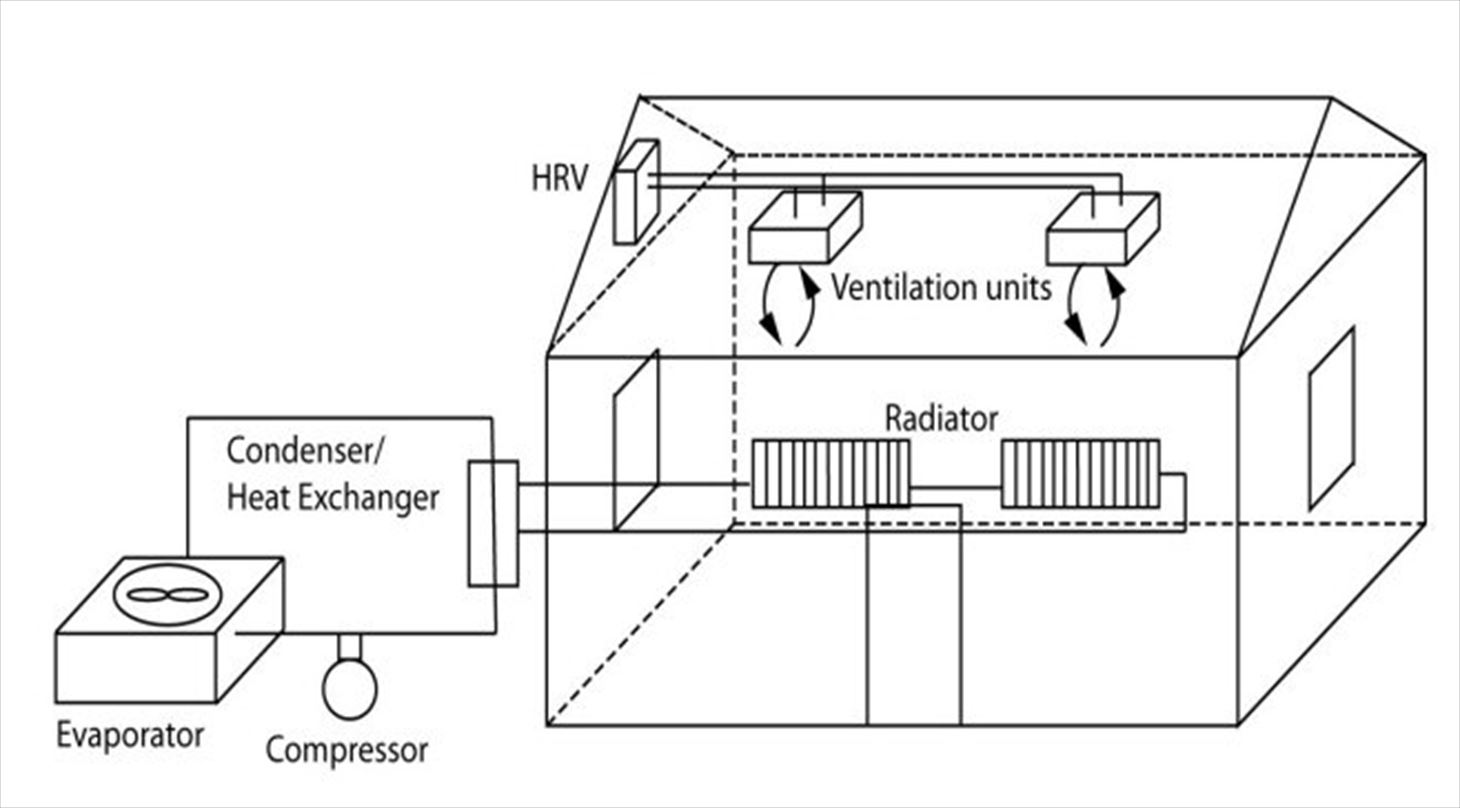
New technology can save millions in cooling and ventilation
New nanotechnology will significantly reduce the energy consumption of cooling- and ventilation-systems.
While the majority of the energy consumed in the northern part of Europe is spend on heating, large sums can be saved by enhancing the energy efficiency of heating, ventilation and air-conditioning, the so-called HVAC systems. Of the total energy consumed in housing and commercial buildings, 35% is used directly in these HVAC systems. A new EU funded project will create new technologies reducing this massive use of energy.
- To minimize the energy consumption, it is vital to secure new and innovative technological solutions significantly improving the energy efficiency of current state-of-the-art HVAC systems. New technologies will be brought into play in order to achieve a far better efficiency heat transfer in heat exchangers. This will significantly reduce the energy consumed in modern heat exchangers for cooling and ventilation says consultant Jacob Ask Hansen from Centre for Chemistry and Biotechnology, the Danish Technological Institute.
To tackle this need for more energy efficient HVAC systems, the European Commission has granted a new project under the 7. Framework programme: EnE-HVAC. This project will achieve significant energy savings in future HVAC systems via new and innovative technologies. These technologies include nanotechnological coatings and surface treatments for improved heat transfer; new nano- and micro-materials for improved efficiency of the refrigerants, and improved efficiency and heat transfer capabilities of coolants via new nanotechnological additives.
- Although today, heating consumes the majority of the energy used for HVAC systems, there is an increasing demand for cooling. This demand is expected to further increase in the coming years due to climate changes, says Jacob Ask Hansen.
In addition he states, that these very ambitious goals can be realized only by tackling the efficiencies in all parts of the HVAC systems. The technologies used will address the heat exchanger efficiency on both the air- and the liquid side of heat exchangers such as condensors/evaporators and on heat recovery systems. In addition, this project will address the heat transport system to ensure high efficiency throughout the HVAC system. To achieve these large energy saving does put up large requirement on the refrigerants used; to ensure the largest possible environmental effects, throughout the project there will be a significant focus on the use of “green” refrigerants avoiding HFC and CFC gasses.
The consortium behind this project consists of 8 European partners, including 6 industry partners (LuVe S.p.a. (I), Exhausto A/S (DK), ESI G.m.b.H (D), Dansk Varmepumpe Industri A/S (DK), Carbodeon Ltd. Oy. (FI), and VAhterus Oy. (FI)), and two research institutions (Danish Technological Institute (DK) and IK4 Tekniker (ES)).
For additional information please contact Director, PhD Jacob Ask Hansen, Danish Technological Institute;
tel: +45 7220 2281, mail: jbha@dti.dk.